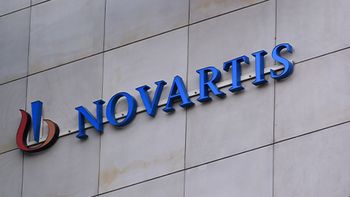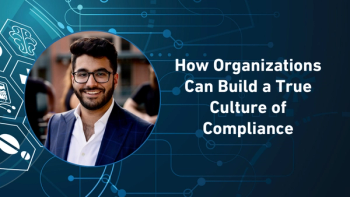
AI-Fueled Counterfeiting Surges as Pharma Confronts Rising Digital Threats
In a video interview with Pharma Commerce, Mark Lee, Marqvision’s founder and CEO, and Sean O’Hearen, founder and principal consultant at 1st Line Partners, warn that counterfeiters are rapidly leveraging AI to create fake websites, social profiles, and manipulated product content—outpacing traditional protections and highlighting widespread underreporting of falsified medicines.
Pharmaceutical companies are facing a rapidly escalating threat landscape as counterfeiters adopt increasingly advanced technologies—especially artificial intelligence—to produce and distribute falsified medicines. According to industry experts, AI is driving an explosive growth in fake digital infrastructure, including illicit drug-selling websites, manipulated product images, fraudulent social media accounts, and even AI-generated chat rooms on platforms like Telegram. Some pharmaceutical brands have seen a staggering seventyfold increase in fake websites within a single year, signaling the scale and speed at which these threats are evolving.
This acceleration means pharmaceutical companies must act urgently to modernize their defenses. AI enables counterfeiters to replicate branding, distort product visuals, and create convincing digital storefronts, making detection more difficult than ever. The thought leaders emphasized that while AI offers substantial benefits for the legitimate industry, it simultaneously empowers bad actors, creating complex new challenges for global medicine security.
A second major issue highlighted in the discussion is the widespread underreporting of falsified medicines. Consumers who unknowingly purchase counterfeit or unauthorized drugs online often feel embarrassed or unsure about how—or where—to report suspicious products. This lack of reporting creates blind spots for regulators and brands. Interestingly, the United States reports more incidents than many other regions, not due to higher crime rates, but because its customs systems, reporting mechanisms, and public awareness are more robust.
A transcript of their conversation with PC can be found below.
PC: Looking ahead, what threats should pharma companies be preparing for as counterfeiters become more technologically advanced? Also, why has the underreporting of falsified medicines been such a prominent issue?
Lee: I think AI is driving more and more fake problems, and that includes more fake websites that are selling illicit drugs. Illicit means it could be fake drugs, or it could be unauthorized sales of prescribed medications, so I think we're really seeing an exponential rise of these websites.
For a lot of these websites for our own customers today, including pharma companies—but also just looking at everything—for some brands we have seen a 70-time increase in the number of fake websites over the course of 12 months.
From the eyes of pharmaceutical brands, I think everybody is already aware that AI has the potential to exacerbate the problem, but I think what we're seeing is that it is really getting out of control. I think pharmaceutical companies should be aware that the pace of these problems is really accelerating, and they need to invest in technology now in order to properly tackle this problem. This is not just fake websites, but also fake social media profiles. We see thousands of Telegram chat rooms being installed as we speak, and also these fake product catalogs, every image, every video, everything can be manipulated today. I think the rise of AI really comes with a lot of benefits, but also, it has a lot of side effects. I think that's something that these pharmaceutical companies should definitely be aware of.
O’Hearen: I think there's a very significant issue related to under reporting. Obviously, it's connected to the awareness issue. But I think the consumer behavior, is that if you do go on to the internet or social media and you buy a medicine, you recognize, okay, something's wrong, either the packaging or you took it and nothing happened, or whatever the case may be, I think there's a reluctance to report that because you're almost embarrassed that you were scammed.
They just may not know where to report it. I think that's the key messaging that goes on is creating the awareness, how do I report it, and really encouraging people to report. It's interesting, too. When you look at like the PSI data, you see that in the US, surprisingly (this data is public on their website), if you look regionally, the United States has the most incidents, and people say, how is that the case? How was it not China? Well, it's because our customs regime, our defenses are better. People are more likely to report.
Newsletter
Stay ahead in the life sciences industry with Pharmaceutical Commerce, the latest news, trends, and strategies in drug distribution, commercialization, and market access.





